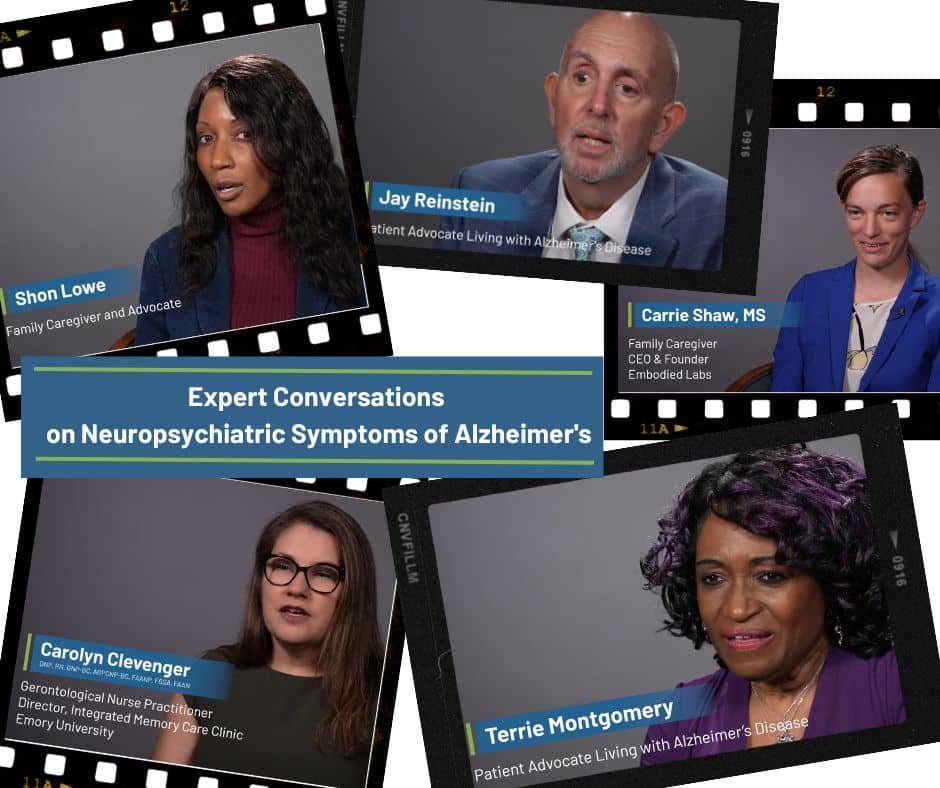
The July issue of the Journal of Managed Care and Specialty Pharmacy will feature “The Real-World Medicare Costs of Alzheimer’s Disease: Considerations for Policy and Care,” a study conducted by the Alliance for Aging Research and Milliman. This study shows the “real-world” cost impact to Medicare to emphasize how Alzheimer’s disease and related dementias are unlike other age-related diseases. On Thursday, the Alliance will host a panel discussion of the study, and the study will be available online on Friday. While you wait to read the results of the study, learn more about Bruce Pyenson, one of the study’s co-authors and a principal and consulting actuary at Milliman.
What do you do in your role as a principal and consulting actuary at Milliman?
My clients include insurance companies, patient advocacy groups, bioscience companies, and integrated delivery systems—my role with all of them is to use real world data to solve business, finance, and public health problems.
You have worked with Milliman since 1987. What health care issues that you have worked on over the years have been especially of interest to you?
Technically, I’ve been fascinated by the ability to use the huge volumes of administrative data to solve scientific problems—such as the effectiveness of lung cancer screening. Over the years I’ve been drawn to some big-picture issues—like why the U.S. spends far more than other countries on healthcare and why our outcomes are worse.
In 2016, you were appointed a Commissioner of MedPAC. What has that experience been like, and what do you see as the most important steps that need to be taken in Medicare policy?
I had enormous respect for MedPAC before being asked to serve. The staff is amazing and the Commissioners are really committed to serve Medicare beneficiaries. As for topics—all MedPAC Commissioners agree to have only the Chair and Executive Director speak for the Commission. But my comments in public session are in the transcripts.
In your career, you have co-authored numerous publications on various health care issues. What are some studies that stand out?
My team has worked on a number of studies of lung cancer screening. The evidence is overwhelming that lung cancer screening can prevent a huge number of deaths—and lung cancer is by far the biggest cancer screening. It’ also controversial—there is enormous stigma associated with tobacco use, and there are “traditionalist” or “nihilist” doctors who don’t want to accept the evidence that lung cancer screening leads to a cure. Another set of fascinating studies from over a decade ago looked at how Hepatitis C—a baby boomer epidemic—was going to crash into Medicare eligibility. A decade ago we wrote, “Imaging 16 to 12,” about reducing the portion of U.S. GDP going to healthcare to 12 percent. Unfortunately, spending has increased to 18 percent and rising. In my opinion, the outrageous spending on healthcare is the #1 health issue. Ironically, the more we spend on medical care, the worse the health of the nation becomes. Wages, spending on education, welfare, infrastructure, etc., are depressed because medical spending is absorbing so much, but those socio-economic determinants are more important for health than medical care. Shifting spending to those socio-economic determinants and away from medical spending is key for better health.
You are one of the co-authors of “The Real-World Medicare Costs of Alzheimer’s Disease: Considerations for Policy and Care” which will be soon be released in the July issue of the Journal of Managed Care and Specialty Pharmacy. Can you explain why you decided to explore this topic?
Certainly, the paper on Alzheimer’s Disease is one of the highlights of my career. I credit our team, especially Tia Sawhney, with developing a really insightful methodology to avoid the biases that have affected other research. The multiple burdens of Alzheimer’s are in our face, and the failure of various proposed medical therapies is sobering. I believe examining real world data—watching the patterns of people over years—can identify patterns that can point to cures or better treatments.
What was the main objective of the study?
We wanted to understand whether earlier diagnosis of Alzheimer’s might lead to lower Medicare cost. However, it became apparent that the Medicare program spends little on Alzheimer’s, so a financial argument for earlier diagnosis would be hard to make to the Medicare program. We thought that an authoritative study on Medicare spending for Alzheimer’s would be important, partly because a curative treatment would likely decrease Medicaid spending but increase Medicare spending. That kind of finance issue—helping the patient but shifting expenses between Medicare and Medicare has been particularly hard for both programs to accomplish.
Can you explain the methodology for this study?
This work is a “big data” study. We started with a 5 percent sample of the Medicare fee-for-service population and all of their Medicare-paid Part A and Part B claims for 2006 to 2015. We identified all individuals with Alzheimer’s diagnoses across the data. We assigned patients to disease dementia categories based on the dominant diagnosis in the last 3 years of life and compared their costs to people without dementia. We applied several techniques that are a bit unusual in academic research. For example, we used Medicare’s own risk adjuster—the Hierarchical Condition Categories. We also examined spending in each year prior to death.
What were the key findings of the study, and why are they important?
The low Medicare spending on Alzheimer’s is one of the key findings. Other research incorrectly attributed Medicare costs for services unrelated to Alzheimer’s. Alzheimer’s tends to occur in older patients who may have many other conditions. Furthermore, Alzheimer’s is often first identified secondary to services unrelated to Alzheimer’s—for example, when a patient is hospitalized for a broken hip or heart failure. Careful methodology can separate those influences.
Another key finding is that poverty has a strong influence on Alzheimer’s, even years before diagnosis. Even 8 years before death, 15 percent of Alzheimer’s patients are dual eligible compared to 9% of those without dementia. This points to socio-economic influences for some Alzheimer’s cases, but I don’t know what particular might be at play.
What do you recommend for further research?
There are a several intriguing hints that big-data analytics can help solve. There have been some hints that anti-viral medications or anti-inflammatory medications are associated with lower incidence of Alzheimer’s. The multi-year Medicare data is an ideal testing ground—we can actually identify people who took different drugs and whether those drugs had protective effects (or the opposite). I mentioned the socio-economic drivers above—how do these vary by locale, region, race, or other diagnoses? The scale and power of the real world data—millions of lives—is an opportunity to help patients.





